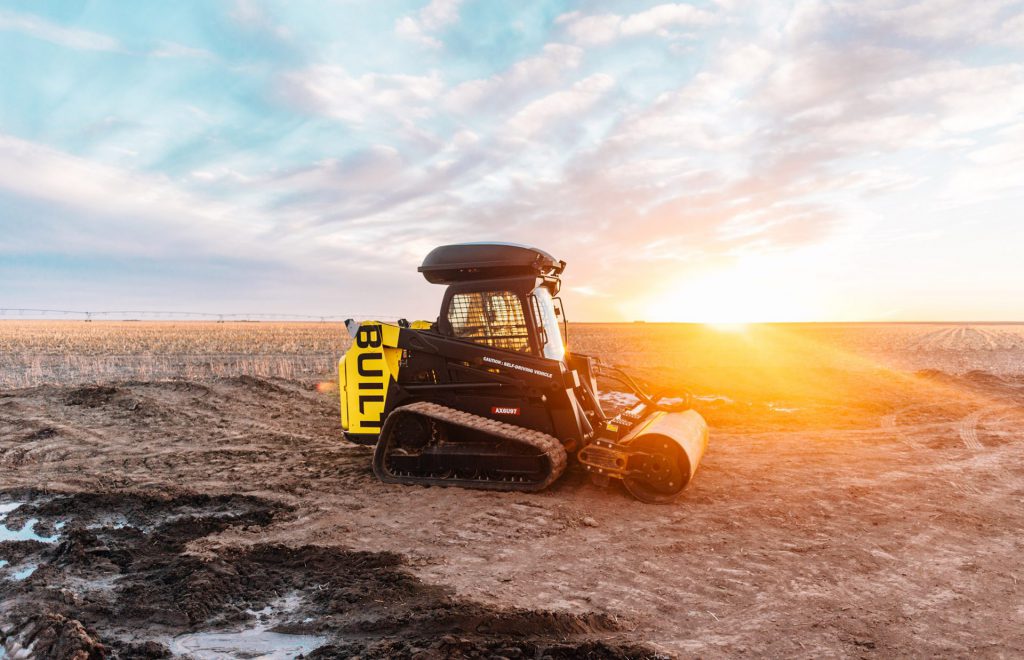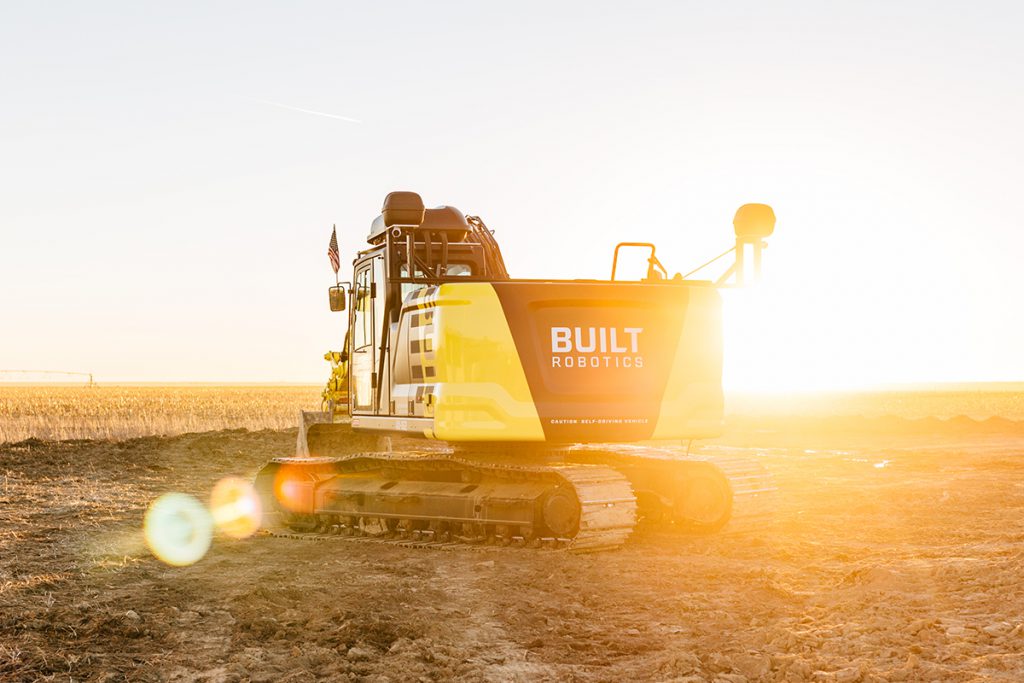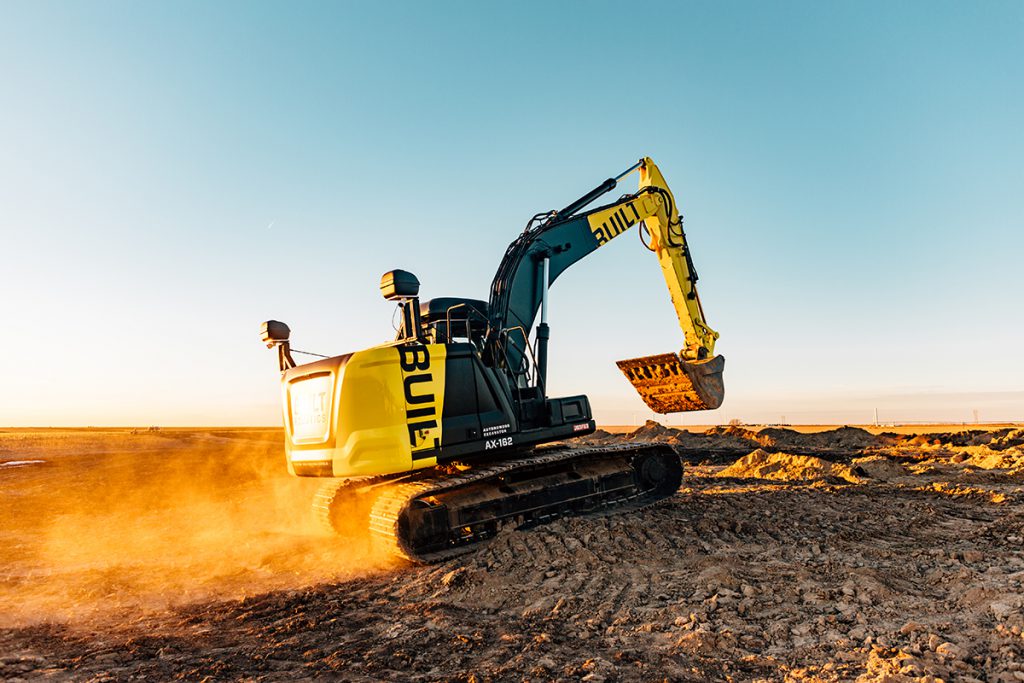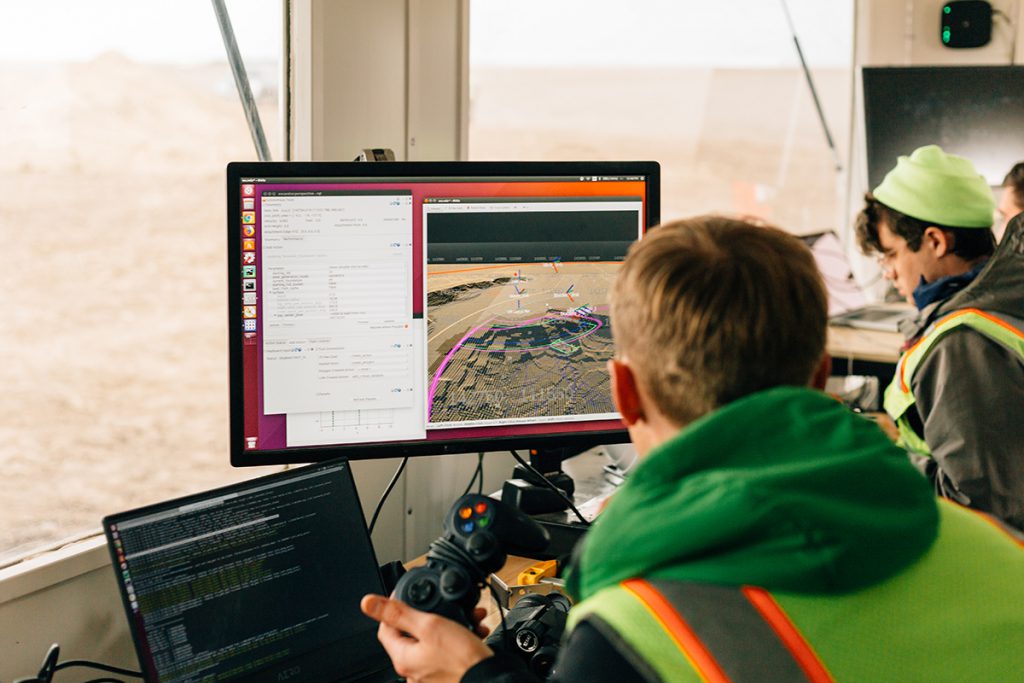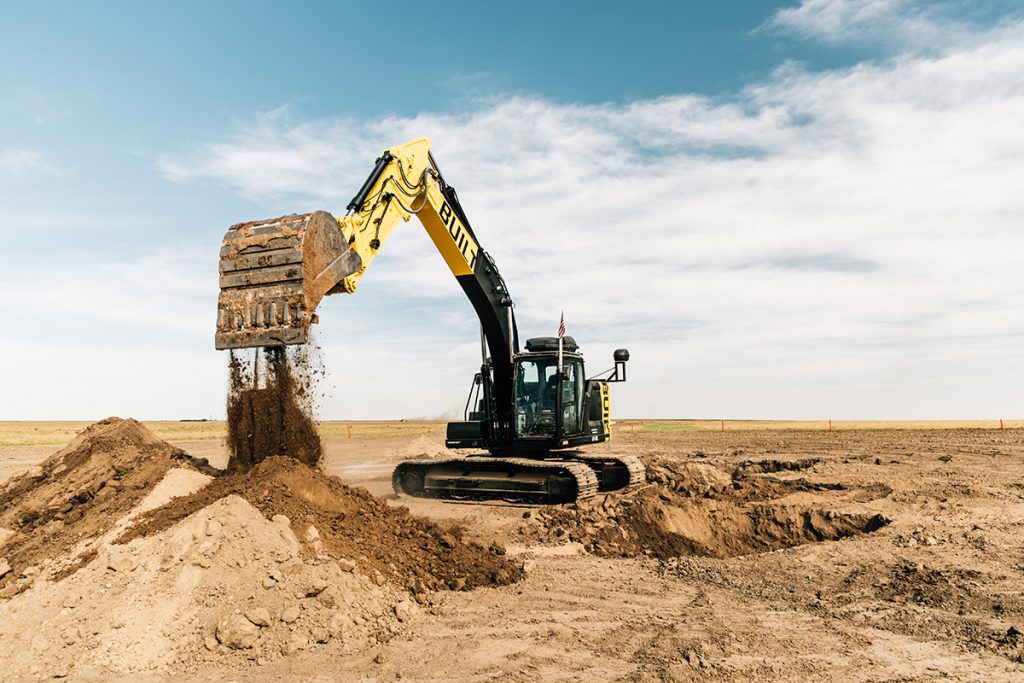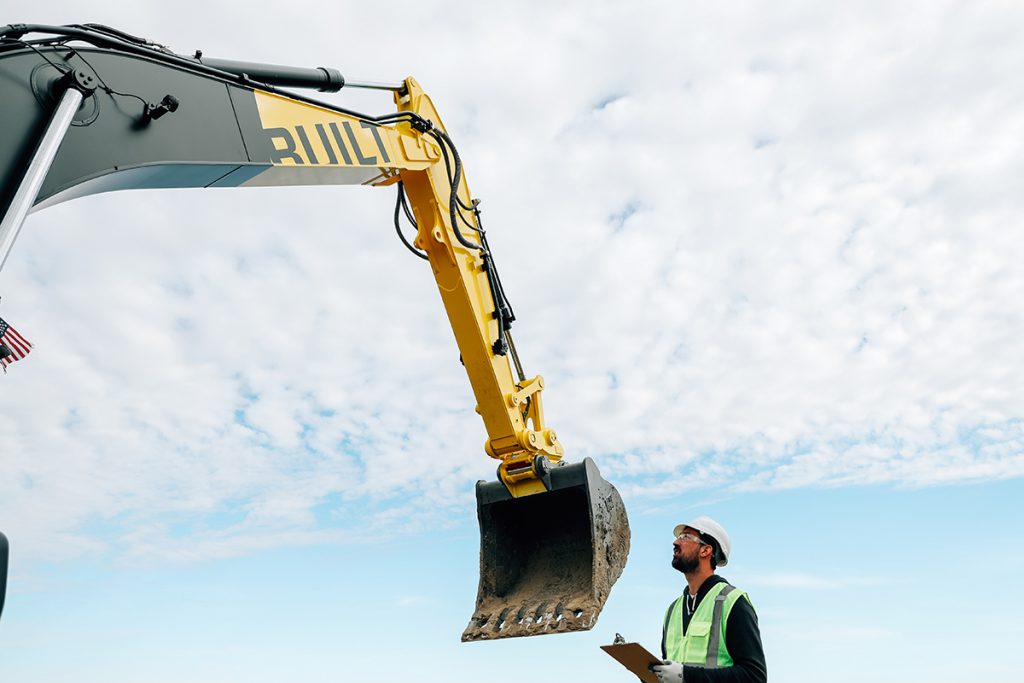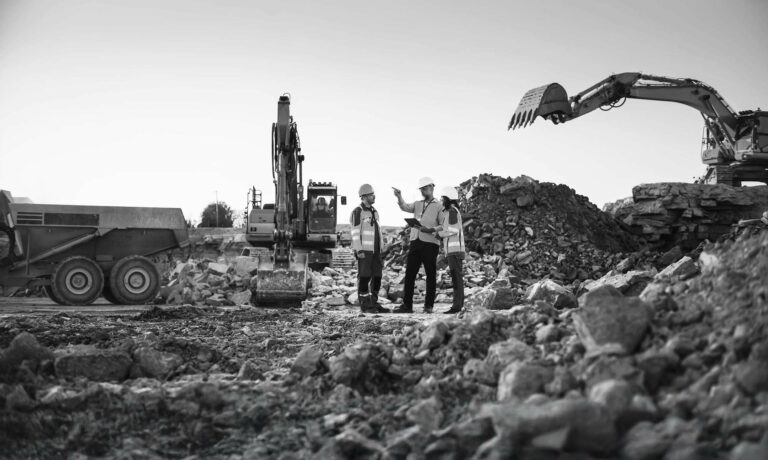On February 18th, after almost seven months in space, the NASA Perseverance Rover landed safely on Mars. Video and audio of the landing was made public which only served to emphasize the level of drama and precision involved in the project. Amazingly, at all stages of the journey, the rover was remotely guided, every movement planned and executed by a human. This success was the culmination of many years work, combining technological innovation, mathematics and science to investigate the surface of another planet. While it may seem as though this is some sort of outlier in terms of what is possible in modern engineering, the technology behind this incredible feat is not necessarily out of reach here on earth. In fact, automated robots have the capability to assist and benefit the construction industry at all stages of a project. Furthermore, instead of being a threat to the jobs and roles that industry workers perform on a daily basis, robotics has the potential to assist and support construction projects at every stage.
The idea of automated robots within the construction industry is one that may leave people feeling uneasy. The thought of remotely controlled machines that can work longer and more efficiently than humans might bring concern for the future employment options of those within the industry. However, these fears are unfounded and, according to a number of companies that have developed and utilize these ground-breaking tools, the complete opposite is actually true. One company that is a leading member in the drive to make automated robotics a fundamental part of construction is Built Robotics. The company was set up by CEO Noah Ready-Campbell and co-founder Andrew Liang. Ready-Campbell used his experience of growing up in the industry –his father was a carpenter and contractor—and coupled this with skills gained while working at Google. Upon meeting the company co-founder Liang, Built Robotics had a prototype designed and running within six months. According to the company itself, Built Robotics’ mission is ‘’to build the robots that build the world. By upgrading off-the-shelf heavy equipment with AI guidance systems, Built’s technology enables machines to operate fully autonomously.’’
“Built’s machinery allows project managers and site workers to control these heavy tools from a remote distance or set them to work completely autonomously.”
According to Noah, the company is already proving its worth across many facets of the construction world. ‘’Built’s robots are deployed today across the $1 trillion earthmoving industry, and they’re being used to build critical infrastructure such as wind farms, gas pipelines, and new housing developments.’’ The logic behind this target is relatively simple. The construction industry has been, according to Noah, relatively untouched by the digital age. This is compounded by the fact that there are many issues facing construction such as ‘’a chronic labor shortage, productivity that has fallen by half since the 1960s, and an industry that, despite significant improvements, remains the most dangerous in America.’’
So how could Built Robotics assist in addressing these key issues in the industry? In addition to designing a fleet of automated robotic heavy construction equipment, the company has designed technology that can transform existing equipment –including excavators, bulldozers and skid steers—into fully autonomous robots. The AI systems can be installed on machinery built by any manufacturer and has the added bonus of retaining complete manual capabilities. This full level of automation was brought to the market last year, catapulting Built to the front of the pack in construction robotics. Built’s machinery allows project managers and site workers to control these heavy tools from a remote distance or set them to work completely autonomously. Using an onboard computer and cameras similar to those present in self-driving cars, the machinery can dig trenches or complete other large scale operations using GPS. In an incredible feat of innovation and technology, the vehicle can drive itself to the required location and dig vast quantities of earth once the coordinates have been set. ‘’After talking to dozens of contractors, developers, operators and engineers, I came up with an idea. We could take the latest sensors from self-driving cars, retrofit them into off-the-shelf, time-tested equipment, and develop autonomous software designed specifically for the requirements of construction. And because heavy equipment moves slowly and construction projects are already controlled-access sites, we could safely deploy the technology years before self-driving cars hit the road.’’
This is not to say that automated machinery is being welcomed with open arms by the industry. There are many that are fearful of robotics and the effect it may have. In 2017, the senate was lobbied to omit autonomous trucks from a piece of important legislation on self-driving vehicles. This, had the legislation gone through, would have left companies working within the robotics industry in an undoubtedly precarious position. The legislation did not progress however, and a new draft is set to include these heavy vehicles. For Built Robotics, this is a moot point. If they are working on private land, the vehicle does not require this approval and as such, the company is already providing support to many facets of the construction world, mainly in the energy sectors such as wind, gas and oil. The reason for this strong lobbying and apprehension is unclear. It seems that there may be a misconception that robotics are a step closer to removing the need for humans in construction. This, according to Noah, is certainly not the case. ‘’The shortage of qualified labor is an industry-wide challenge right now and finding the skilled workers that large infrastructure projects demand can be even more difficult in locations like these. Our robotic equipment is able to shoulder some of the load by assisting with basic, repetitive tasks, freeing up human operators to focus on the more specific, complex and critical activities.’’
One genuine area of concern is safety. The construction industry is still, according to the U.S. Bureau of Labor Statistics, one of the most dangerous in the country. Workplace deaths and accidents are still far too high for any modern industry and the construction world is in need of some mechanism or support to arrest this issue. Built Robotics claim to have performed over 10,000 hours of autonomous operations without a safety incident. Erol Ahmed, Built Director of Communications explained the technology behind the vehicle’s safety controls. ‘’Onboard cameras and the LIDAR systems will notify the autonomous machinery of nearby workers or other vehicles.’’ In addition to this, machine operators will be able to establish a ‘’geo-fence’’ that the robot is unable to operate outside of. Recently, the company has established a partnership with Mortenson, one of the most forward-thinking construction firms in the country. The partnership is focusing on renewables projects such as wind and solar farms. According to Molly Morgan, an equipment operator at Mortenson, safety is key to the ongoing success of these tools. ‘’I’m excited about the potential for Built’s technology. Our top priority is safety — if the robot can work on steep slopes, or near unstable ground, or in challenging or risky situations, then we one-hundred percent should use it.’’
While the future of autonomous robotics remains unclear and the technology is admittedly still in its infancy, there are encouraging signs that this may be adopted on a wider scale. For Noah Ready-Campbell, the proof of Built’s capabilities and potential across the construction industry is ready and waiting to been seen and tested. He feels that over time, the company will prove itself a worthy addition to any construction project. “We got a lot of questions early on about whether these robots are here to steal jobs. The answer is no. The computers are not smart enough, but they can free up operators to do the more challenging and valuable work. Suspicions typically evaporate fast once workers see how the technology can help make sites more efficient.’’









